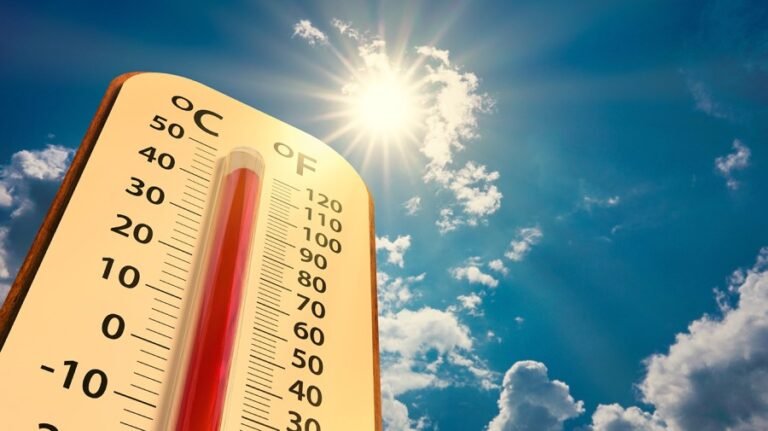
As climate-driven weather extremes fuel fires across the U.S. West, the tendency of residents to spend more time indoors may be accelerating the spread of infectious diseases, a new study has found.
Wildfire-induced declines in air quality have led to a substantial surge in indoor activities, creating prime conditions for the transmission of respiratory illnesses such as COVID-19 and the flu, according to the study, published on Wednesday in PLOS Climate.
“Our findings show that wildfires led to a dramatic increase in indoor activities, creating the ideal conditions for respiratory diseases such as influenza to spread,” wrote the authors, overseen by Giulia Pullano, a public health researcher at Georgetown University.
The scientists drew their conclusions by zooming in on air quality data for particularly hard-hit counties in Oregon and Washington from July through November 2020. In September alone, they observed that at least eight large wildfires were burning in the two states.
They were then able to model indoor and outdoor activity patterns by acquiring records from a mobile phone database that tracks user visits to more than 4.6 million points of interest nationwide.
Counties in Oregon and Washington experienced an average 10.8 percent and 14.3 percent rise in indoor activity during their 2020 wildfires, with Portland and Seattle exhibiting respective surges of 11 and 16 percent, the authors observed.
To understand how these wildfire-driven behavioral changes contributed to the circulation of respiratory diseases, they paired the activity data with an infectious disease transmission model.
They found that increased indoor activity significantly impacted disease spread, with that effect decreasing with illnesses that have a longer generation time — the time between a primary case infection and the development of secondary cases.
For those with generation times of less than one week, such as COVID-19 and influenza, the authors identified “a notable increase in relative peak incidence.”
The same was not true for pertussis-like illnesses, which can have a 25-day generation period, per the study.
Aiming to evaluate possible solutions, the scientists said they evaluated the impact of potential mask usage in indoor environments. They found that even a modest 10-percent increase in mask-wearing “can lead to a notable reduction in the rise of peak incidence driven by the surge oil indoor activities during wildfire.”
“However, achieving a substantial and meaningful reduction in exposure risk necessitates much higher levels of mask compliance,” the researchers noted.
The scientists expressed hope that going forward, their research would provide a foundation for future such investigations into the indirect impacts of environmental disturbances on communities.
Their findings, they warned, underscore an “urgent need to address the secondary effects of climate change on public health.”
“As climate change continues to alter our environment, it is crucial for public health interventions to evolve accordingly, equipping us to tackle the multifaceted and interconnected risks of a warming world,” they concluded.


